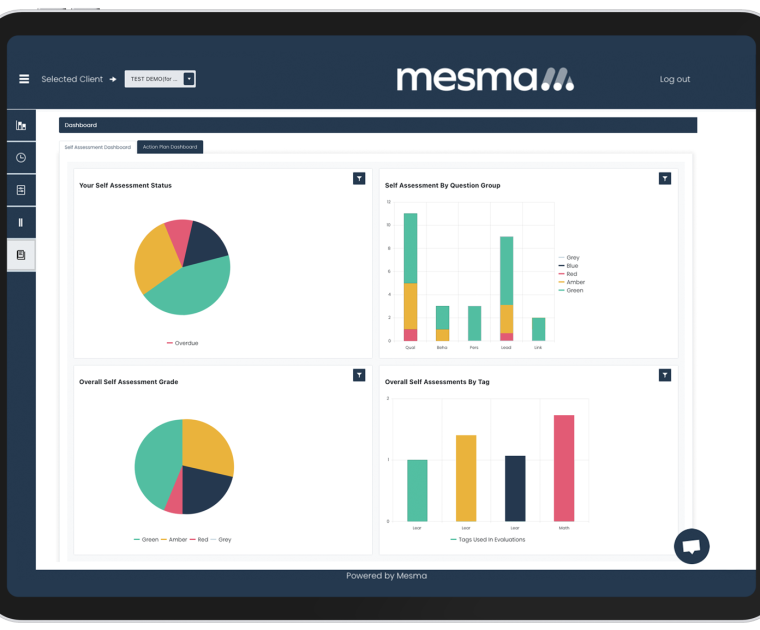“I spend A LOT of time talking to people about improving the quality of progress reviews in apprenticeships. They are the glue that binds a successful apprenticeship together.”
We’re making progress reviews harder than they need to be. By doing so, we are eroding the purpose and value of progress reviews in the apprenticeship journey. This is often in order to satisfy (what can be a misinterpretation of) what is needed in a funding audit.
In the Ofsted Annual Report published in Dec for 21/22, you’ll these themes identified most often for providers who receive ‘Requires Improvement’ or ‘Inadequate’ for apprenticeship provision.*
- Apprentices were not always released for off-the-job training and made slower progress. Often this was due to pressure on businesses, and high workloads.
- On- and off-the-job training was not always well coordinated.
- The curriculum focused too much on compliance and achieving qualifications, rather than on the quality of education.
- Apprentices were not always prepared for their end-point assessments, and leaders and apprentices did not fully understand the assessment requirements.
A solid model of progress reviews that are designed from the outset and embedded in the programme design alongside the taught content can have a positive impact on all four of these.
For the purpose of this article, I’ll narrow down to the most common question I get asked;
“How do we get through all the KSBs in the standard in one progress review? It takes forever.”
The answer? You don’t.
A great progress review is so well integrated into the curriculum through design. Each is focused on reviewing the KSBs that directly align with the content and work tasks you planned for the apprentice to cover in the last period. You will then integrate the on and off-the-job learning. Then you will set goals on 1) any gaps and 2) the application of KSBs in the role that will be covered over the next period. This will ensure that goals are focused on applying learning at work and not just completing tasks or qualification content.
The line manager has a voice in this too. They can ensure there are opportunities for an apprentice to apply their learning in practice. You might be surprised that when we interview employers as part of our QA activity with clients, we ask them how often they’re asked what opportunities are available for an apprentice to practice what they have learnt in their role, and we are still hearing them say ‘I haven’t been asked’.
It’s nuts to spend time reviewing the entire KSB list at each progress review. It results in box-ticking rather than value-add and serves little purpose for any party.
Here’s an oversimplified example I often use because I’ll take any excuse to bring Prince into it.
I want to be able to play Purple Rain on the piano. There would be zero point if we met every 12 weeks in you asking me how much closer I am to playing it in full.
What you’re more likely to do, based on my poor level of piano at the beginning, is put sensible milestones in for me to work towards. After the first 12 weeks, you might ask me to show you playing the notes I’ve been learning since the beginning based on what I’ve been taught. Then depending on how I do, we’ll reset the goals.
Make sense?
To make high-quality progress reviews work in practice, here are our top tips.
- Identify the learning milestones for each episode of learning. Don’t just focus on using these to develop the taught content. Structure the progress reviews to review the application of learning periodically and reset goals. Adjust as an outcome of the initial assessment.
- Ensure work-based coaches receive CPD to ensure they are clear on the above. This is particularly true for providers where the taught content and the progress reviews are completed by different people.
- Consistency does not mean every apprentice receives the same number of progress reviews. Nor does it mean each progress review should be exactly the same.
- Undertake joint scrutiny of progress reviews as a CPD activity. In my experience, it is singularly the most valuable thing you can do to improve quality.
In short, planning is everything in progress reviews. I promise it’s worth the time and effort you put in at the outset to alleviate wasted time in laborious progress reviews once the apprenticeship starts.
Footnote: These themes are similar to those which emerge from our clients who use our platform to facilitate their SAR and deep dive enquiries, driving change before inspection from their own internal QA processes.
Lou Doyle is the CEO at Mesma.
The article “Improving the quality of progress reviews in apprenticeships” was first published in FE News.
Other resources related to progress reviews:
- Read Lou Doyle’s Blog “Is the Perfect Storm of Apprenticeships Brewing” which highlights the significance of progress reviews in apprenticeships
- Mesma software Develop users: A template is available to support developmental observations of progress reviews. Please contact the Mesma support desk or select one of the options below.
- The Ofsted FE and Skills Handbook explains how inspection activities may include evaluation of progress reviews by “analysing provider and learner records, showing planning for, and monitoring of, learners’ individual progress and destinations from their starting points when they began their courses or apprenticeships.”
- Our friends at SDN have published their “Top Tips for Monitoring Apprenticeship Progress Reviews“.
- Recap on our joint session “Progress reviews and target setting – supporting apprentices to succeed” with SDN at The AAC





